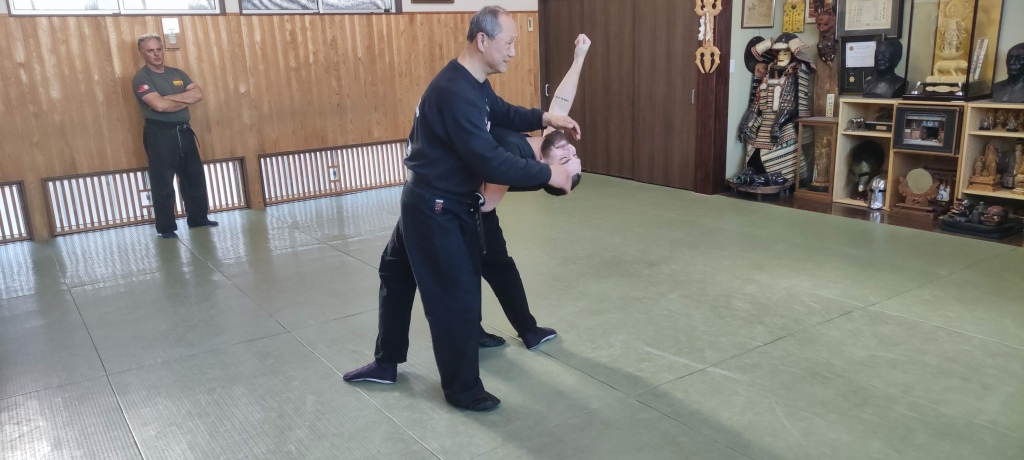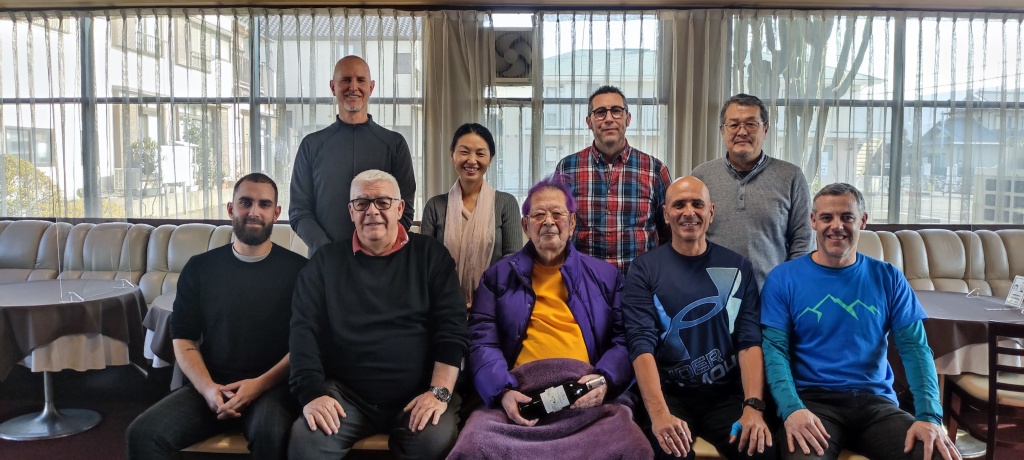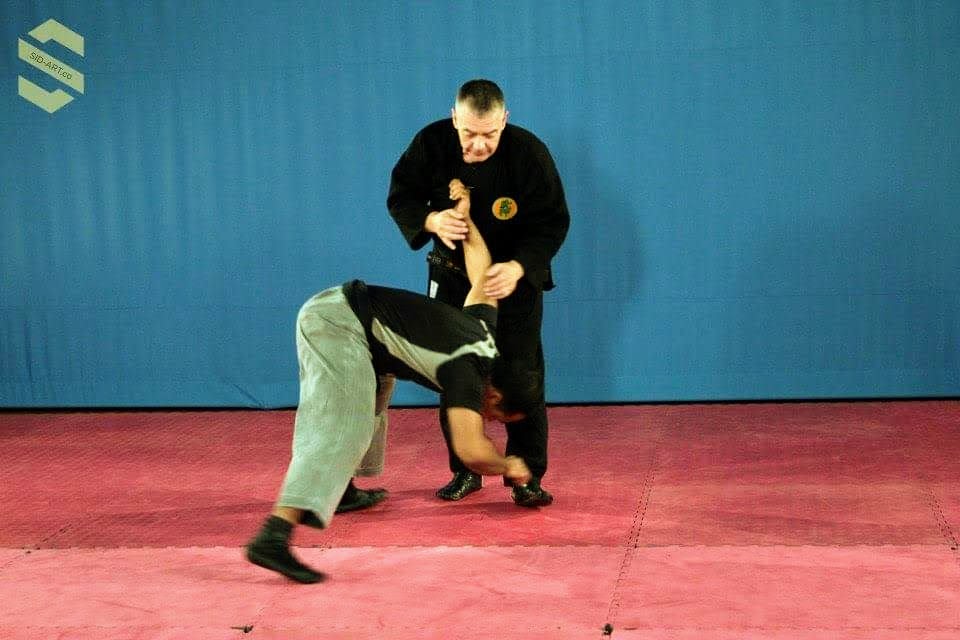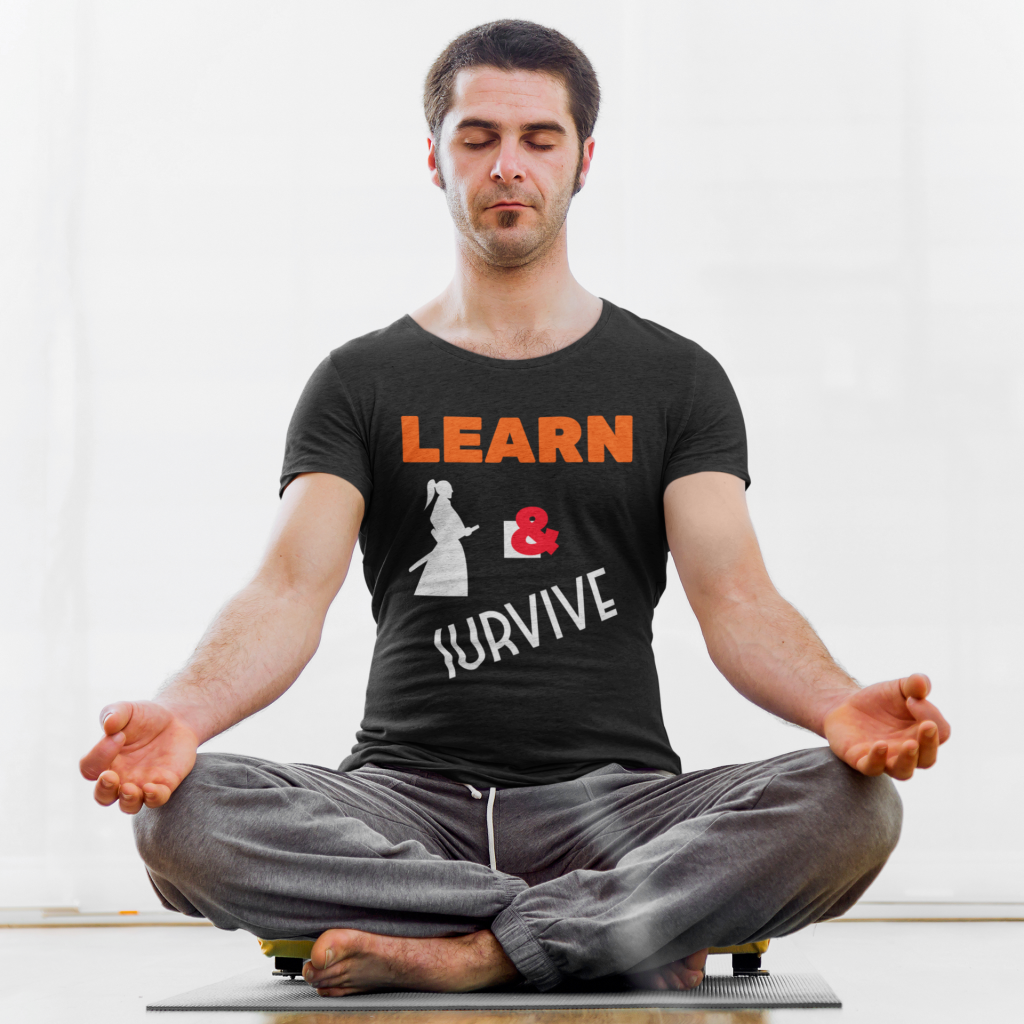Encounter With A Polisher
From Shiro Kuma by kumablog

The Japanese Dai Shihan show how to polish our movements; I call them “polishers” for that reason.
My younger son Amaury is 27 years old, and this is his first Japan trip. Entering Nagato sensei’s class, he had the time of his life as he was his uke for the course. Being the son of the polar bear, it was obvious that Nagato sensei would use him as uke. I should have told him in advance, but somehow I forgot (am I a bad father?). This trip was supposed to be in 2019, but I had to go to Lebanon for a few months, and then the confinement hit us all.
Amaury opened the training with Stephane and Sui no kata. Stephane is a Dai Shihan from the Kuma dōjō, so he felt confident. When Nagato sensei began to unfold his “Nagato ryū” style of Budō, stress replaced his initial confidence.
One point that many students ask me concerning the new group of Sōke. Please make no mistake; they received Sōkeship, but they all still teach Bujinkan Budō like before, and they do not limit their teaching to the only ryū they received.
Watching how Amaury understood the specificity of Nagato sensei’s taijutsu was interesting. I’m not speaking about the pain, which is part of Nagato’s taijutsu.
From his perspective as a newcomer to the Nagato world, three things caught his attention the most: mastery of distance, use of elbows, and natural movement.
In my classes, I keep insisting that footwork is the key, that power resides in the legs, and that walking is like dancing with a partner. But this is different when you discover the subtlety of a Japanese Dai Shihan’s taijutsu. I’ve been uke of Hatsumi Sensei and the Japanese Shi Tennō for many years, but I don’t recall how I felt the first time I was uke. Amaury said that if the pain surprised him, Nagato’s mastery of distance was impressive.
Nagato sensei spoke about Shinden Fudō ryū referring to the wings of a bird, but those of you who have trained with him know perfectly that this is a common gimmick of his taijutsu movements. He used his elbows, as usual, to redirect or trap uke’s attacks. He is dealing with the attacker like a spider deals with a fly. The more intent by uke, the faster he is trapped, locked, and destroyed.
The last thing he noticed was how natural Nagato sensei’s movements were. For a 75-year-old man (in perfect shape), his movements are so natural that Amaury was not feeling any danger before it was too late. When tori shows intent, there is a way uke can see what is coming, but if there is no intent, it is impossible to see it. As Hatsumi Sensei said, “if I don’t know what I’m going to do next, how do you want uke to read my next move?.”
This ability to hide your moves is typical of the Japanese Dai Shihan, and I only know a few foreigners able to do that. The only way to learn that is not by collecting waza but by coming here and training with the high ranks. A total of 12 people attended the class, and half of them have repeatedly been coming to Japan for over thirty years. During the break, Nagato sensei asked Amaury his age, to which my friend Ed Lomax said, “you’re 27? That was my age when I moved to Japan back in 82′.”
The Bujinkan can survive this pandemic crisis only if people come and train here. The teachers at Honbu are amongst the best in the world. Before COVID, nearly half a million people claimed to be Bujinkan members. Where are they today? In all my classes here, there were at most 14 students. And I have met Ed, Andrew, Jasper, Alex, Mark, Stephane and a few others here for the last three decades. Where are you?
Please wake up, my friends and come here to give yourself a chance to excel one day. Japan is where you should come to better your taijutsu. The secret of body movement doesn’t rely solely on biomechanics. Biomechanics is very important, but you must know that waza is only an excuse to apply proper distancing. This is why it is called “Budō Taijutsu, ” emphasising taijutsu. To develop a natural movement like Nagato sensei and the other Dai Shihan, you have to meet the “polishers”. And the only place on earth where you can polish is here in Atago with the Japanese Dai Shihan.
I hope to see you soon on the mats at honbu. One thing I know for sure is that Amaury will be back shortly.











